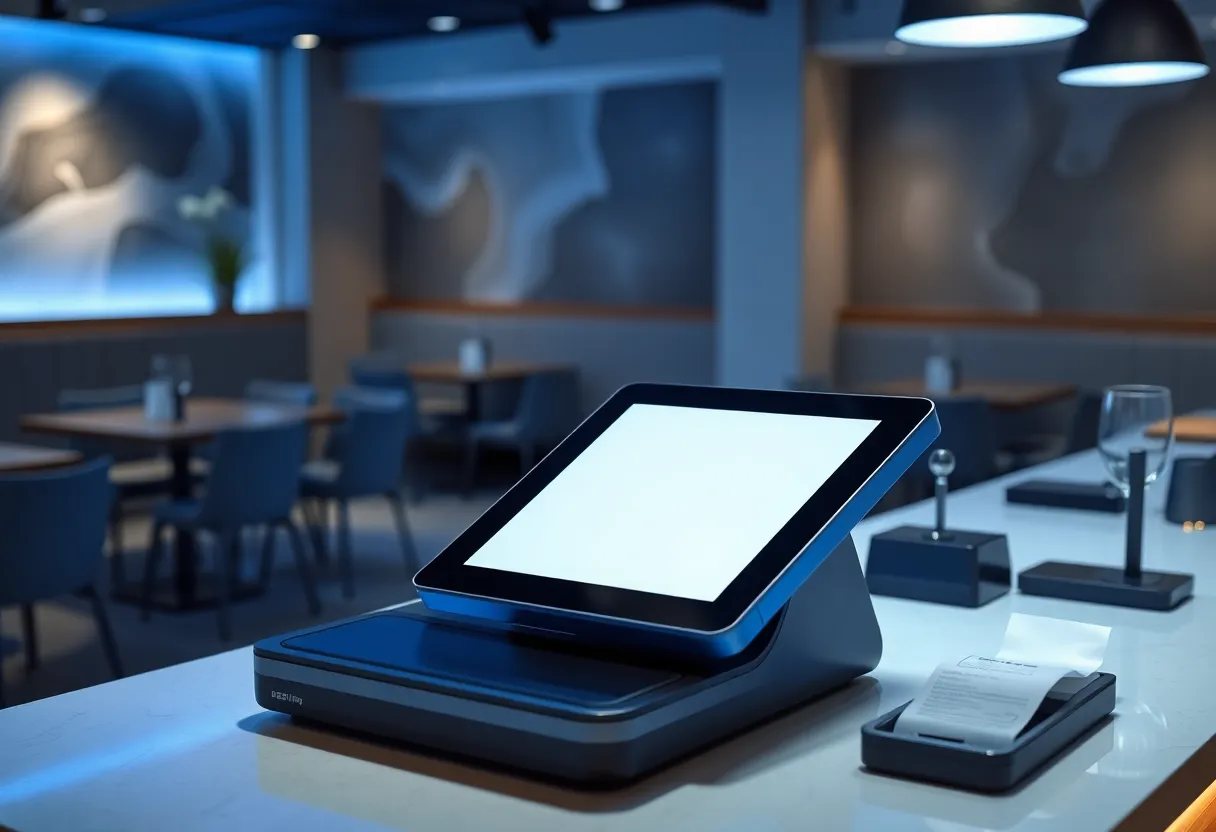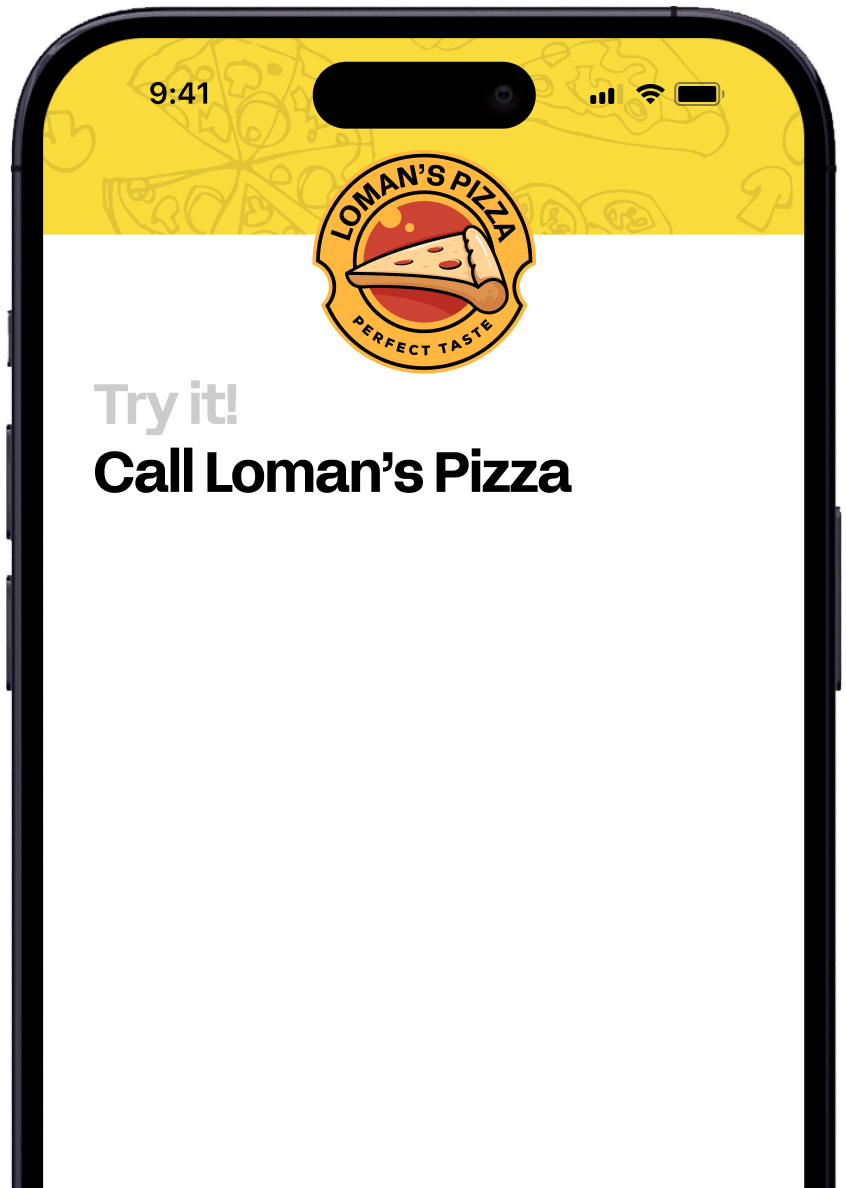May 25, 2025

Cash registers first appeared in restaurants in the late 1800s, marking the beginning of modern point-of-sale (POS) systems. These mechanical marvels revolutionized how eateries handled transactions and inventory.
As technology advanced, so did POS systems. The 1970s saw the introduction of electronic cash registers, while the 1980s ushered in computerized POS setups. These early digital systems offered basic functions like order entry and payment processing.
Despite these improvements, traditional POS systems still faced challenges:
Enter artificial intelligence. AI-powered POS systems are addressing these pain points and opening up new possibilities for restaurants.
This video explores how AI tools are optimizing restaurant kitchens, a key benefit of modern POS integration.
Today's AI-enhanced POS systems offer features like:
These advancements are helping restaurants boost efficiency and improve customer satisfaction. For example, our Loman.ai system integrates with major POS providers to streamline operations and enhance the dining experience.
As we look to the future, AI-powered POS integration is set to become the norm in the restaurant industry, enabling smarter, more responsive dining experiences for customers and staff alike.
AI-powered POS systems are changing how restaurants handle orders and manage operations. These smart systems do more than just ring up sales - they're like having a digital assistant that never sleeps.
One of the coolest things about AI POS systems is automated order taking. Imagine a system that can take orders accurately without a human on the other end. This means fewer mistakes and faster service, especially during busy times.
Another game-changing feature is real-time inventory management. The AI keeps track of what's in stock and what's running low. This helps prevent those awkward moments when you have to tell a customer you're out of their favorite dish.
But here's where it gets really interesting - these systems can actually predict what customers might want. Using predictive analytics, AI POS systems can suggest menu changes based on what's selling well. This means restaurants can tweak their offerings to boost sales and reduce waste.
Check out this video for a quick look at how AI is changing the restaurant game. It's not just about taking orders - it's about creating a smoother experience for everyone.
Getting an AI POS system up and running doesn't have to be a headache. Here's a simple roadmap to make it happen:
One of the biggest hurdles is getting your team on board. Change can be scary, but with the right approach, your staff will see how much easier their jobs can be. Here are some tips for smooth staff training:
Remember, it's not just about the tech - it's about how people use it. A system like Loman.ai can help streamline this process, making the transition smoother for everyone involved.
So, you've got your new AI POS system up and running. But how do you know if it's really making a difference? Let's look at some key areas to watch:
Order accuracy is a big one. With AI taking orders, you should see fewer mix-ups. This means happier customers and less food waste. Keep an eye on how many orders are correct the first time around.
Processing speed is another important factor. AI systems can handle multiple orders at once, so your kitchen should be getting tickets faster. Time how long it takes from order to delivery and compare it to your old system.
Customer satisfaction is harder to measure, but it's crucial. Look for:
Finally, check your bottom line. AI POS systems can help boost revenue by suggesting upsells and optimizing your menu. They can also cut costs by reducing errors and streamlining operations.
Remember, it's not just about the numbers. Listen to your staff and customers. Their feedback can give you insights that raw data might miss. With the right AI POS system, like what Loman.ai offers, you're setting your restaurant up for success in a digital world.
AI-powered POS integration is quickly becoming a must-have for restaurants looking to stay competitive. As these systems evolve, we're seeing some exciting trends emerge:
These advancements promise to streamline operations and enhance the dining experience. However, they also bring new challenges. Data privacy concerns and the need for staff training on AI systems are hurdles restaurants must overcome.
Looking ahead, the long-term impact on the industry could be significant:
While AI offers many benefits, it's crucial to maintain the human touch in hospitality. Balancing automation with personal service will be key. Restaurants that find this sweet spot will likely see the biggest gains in efficiency and customer loyalty.
As these technologies mature, we may see a shift in restaurant roles. Staff could focus more on creating memorable experiences while AI handles routine tasks. This could lead to a new era of hospitality where technology enhances rather than replaces human interaction.
Loman.ai is at the forefront of this trend, offering seamless restaurant POS integration that works alongside existing systems. By automating phone orders and reservations, it frees up staff to focus on in-person service, striking that crucial balance between efficiency and hospitality.
AI-powered POS integration is changing how restaurants handle orders, reservations, and customer service. By automating these tasks, restaurants can focus on what really matters - creating great food and experiences for diners.
The benefits are clear: fewer missed calls, more accurate orders, and happier customers. Plus, staff can spend less time on the phone and more time taking care of guests in person. It's a win-win for everyone.
If you're curious about how AI could help your restaurant, it's worth exploring your options. Loman.ai offers a tailored AI solution that integrates seamlessly with existing POS systems. Many restaurant owners have seen significant improvements in efficiency and sales after implementing AI tools.
As the restaurant industry continues to evolve, those who adapt to new technologies will likely stay ahead of the curve. Whether you run a quick-service spot or a full-service restaurant, AI integration could be the key to streamlining your operations and boosting your bottom line.
Ready to learn more? Check out our blog for in-depth articles on AI in the restaurant industry. And if you have questions, don't worry - we've got answers coming up in our FAQ section.
The cost varies based on your restaurant's size and needs. Many providers offer tiered pricing plans starting around $100-$200 per month for small restaurants. Larger operations may pay more, but often see greater returns through increased efficiency and sales. Loman.ai provides custom quotes to ensure you only pay for features you'll use.
Most AI POS solutions are designed to integrate with popular restaurant management systems. They typically offer compatibility with major platforms like Square, Toast, and Clover. Before committing, it's wise to check with the provider about specific integrations. Loman.ai, for instance, works seamlessly with many existing POS setups.
Reputable AI POS providers prioritize data security. They use encryption, secure servers, and comply with industry standards like PCI DSS for payment info. It's important to choose a trusted provider and review their security measures. Many, including Loman.ai, offer detailed information about their data protection practices.
Setup time can range from a few hours to a couple of days, depending on your restaurant's complexity. Most of the process involves configuring your menu and preferences in the system. Some providers offer quick setup services to minimize disruption. Loman.ai typically gets restaurants up and running within 24-48 hours.
Modern AI POS systems are designed to manage intricate orders, including customizations and special requests. They can be trained on your specific menu and policies. While they handle most situations well, they're also smart enough to transfer to human staff when needed. This ensures smooth operations without sacrificing personal touch for complex scenarios.

Enter your information in the form to receive a call from Loman and place an order like a customer would!